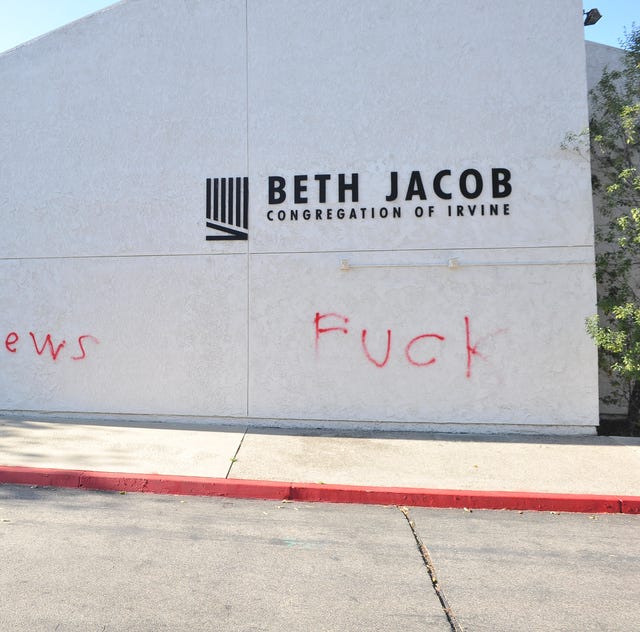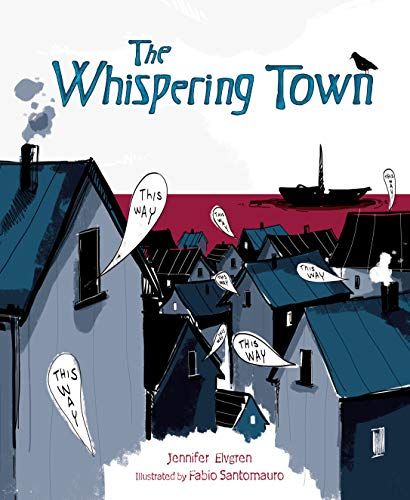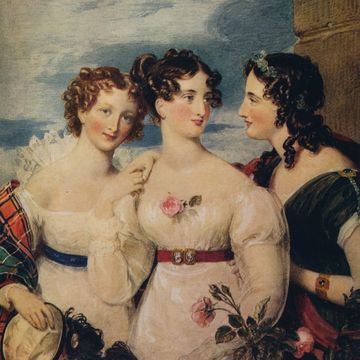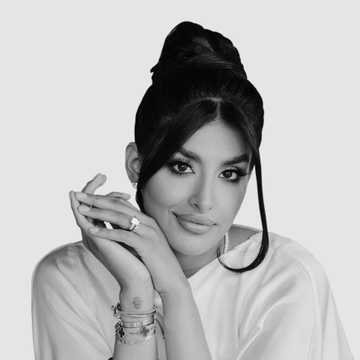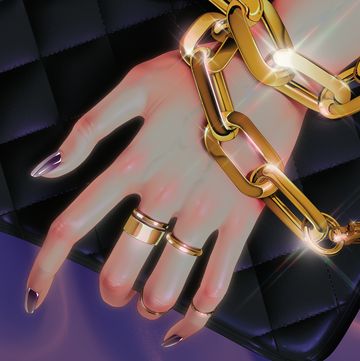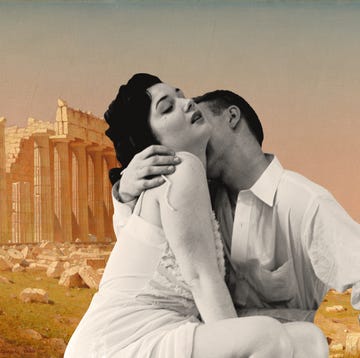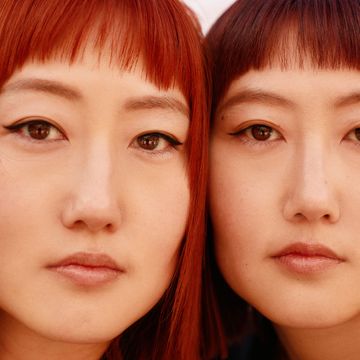“I already know and it’s terrible and I don’t want to talk about it,” my 14-year-old said. I had tried to broach the subject of what happened on October 27: the deadliest attack on Jews in American history, with 11 people murdered in Pittsburgh synagogue on Shabbat. How does one explain such an event to kids? When we’re reeling ourselves, it’s agonizing to ponder discussing a tragedy with our children.
But we can’t ostrich the truth away. We can’t assume that even young children are clueless about the hate-driven violence that occurs in America. They may get the news from older kids, overhear a conversation, or catch details on the car radio or news broadcast. And the hatred of Jewish people has only become more visible in the aftermath of the attack. Swastikas and antisemitic graffiti have appeared on homes in Brooklyn, Navy property near Philadelphia, and a synagogue in Irvine. Comedian Ilana Glazer canceled an event at a Brooklyn synagogue after “Die Jew Rats” was found written on the walls. Our inability to fully protect children from the horrors on the news means we need to grasp the opportunity to both educate and soothe.
The American Academy of Pediatrics’ guide to talking to kids about crises is applicable in the wake of Pittsburgh. Let kids lead the conversation. Reassure them that you and others are working hard to keep them safe. Ask if they have questions. “Listen for misinformation, misconceptions and underlying fears or concerns.” But when it comes to underlying concerns about last month’s shooting in particular, even adults must wrestle with the fundamental question: Why do some people hate Jews?
The simplest explanation is that sometimes people hate other people just because of their religion or skin color or who they love or where their families come from or what they wear. But I think we owe it to older or more mature kids to go deeper, and discuss the origins of antisemitism.
Here’s how I would explain antisemitism to the uninitiated. Hatred of Jews is grounded in the pernicious idea that Jews killed Jesus. (Spoiler: It was the Romans.) Antisemitism further took hold because of stereotypes about Jews and money that date back to the Middle Ages. Jews were barred from many different professions, so they turned to money-lending because a) it was one of the few options open to them, and b) it was a job that was easily transportable, and Jews were regularly expelled from countries throughout Europe and the Middle East for thousands of years. These stereotypes are related to the current belief—inflamed by racist conspiracy theories—that Jews control the global media and international banks. A recent Anti-Defamation League survey found that 38% of Americans felt that Jews were more loyal to Israel than to the countries they live in, 34% said Jews have too much power in the business world, and 31% said Jews have too much power in international financial markets.
I would also explain that there’s been a huge rise in antisemitic rhetoric in the last couple of years. Right-wing marchers in Charlottesville chanted “Jews will not replace us.” American politicians mutter dark things about “globalists” and George Soros, code words for sinister, wealthy, meddling Jews. Antisemitic incidents rose 57% from 2016 to 2017, the largest escalation in a single year since the Anti-Defamation League first began keeping records in 1979. Jews are the most likely victims of religious hate crimes in America, according to the FBI. (54% of victims in 2016, the last year statistics were available, were Jews.)
Like so much else in the last couple of years, this explosion of hatred has shocked me. It raises the big question, the one that even those of us well-versed in the roots and effects of antisemitism are grappling with: Now what?
I think Mr. Rogers, as always, had it right: Look for the helpers. “When I was a boy and I would see scary things in the news, my mother would say to me, ‘Look for the helpers. You will always find people who are helping,” he wrote in his book Mr. Rogers Talks With Parents. “To this day, especially in times of disaster, I remember my mother's words and I am always comforted by realizing that there are still so many helpers – so many caring people in this world.”
Kids feel empowered when they can work toward a solution to a problem. I live in the East Village in Manhattan where, a few years ago, a huge explosion caused by an illegal gas hookup killed two people. Buildings were leveled; an aide at my kids’ school was left homeless. My kids were terrified. But I was able to show them video on YouTube from a security camera aimed at one of the buildings.
The first thing you see after the explosion is people running toward the smoke. Another bit of footage showed an off-duty fireman, an older gentleman with a significant belly, clambering up the fire escape of another smoking building, banging on the windows of each floor, making sure no one was left inside. The next day, we learned that the younger siblings of one of my daughters’ classmates were outside when the explosion happened. A stranger quickly herded them into a nearby deli, bought them snacks, and kept them entertained until their older brother could pick them up. Stories about helpers like these help us all. They keep us from losing hope.
When it comes to antisemitism, the helpers can be found at interfaith events and vigils, and in children’s books about Jews and non-Jews helping each other. (My younger kid particularly loved The Whispering Town, a picture book about the thrilling, true story of how a Danish fishing village rescued Jews during the Holocaust.) There are helpers in HIAS, a wonderful refugee organization that helped many Jewish families come to America and now helps refugees from other dangerous places. (The shooter in Pittsburgh was reportedly triggered by hatred for HIAS.) Bring kids to the polls and explain why you’re voting against hate. And tell kids that Muslim groups have raised over $220,000 to help the synagogue shooting victims.
Finally, it’s vital to explain that discrimination, sadly, has long been with us and takes many forms. Anti-Jewish prejudice is related to other kinds of prejudice based on race, religion, ethnic background, size, age, disability, gender, and/or sexual identity. This weekend, voters in Georgia received a racist robo-call from someone impersonating Oprah Winfrey that illustrates how these prejudices work together. “This is the magical negro, Oprah Winfrey, asking you to make my fellow negress, Stacey Abrams, the governor of Georgia,” the call went. “Years ago the Jews who own the American media saw something in me—the ability to trick dumb white women into thinking I was like them.”
Point out bias of all kinds when you see it. Even in yourself, even in your children. If someone makes an offensive generalization in front of your kid, call them on it. A simple raised eyebrow and “excuse me?” can work wonders. Lectures aren’t often helpful; living your values almost always is.

Marjorie Ingall is the author of Mamaleh Knows Best: What Jewish Mothers Do to Raise Successful, Creative, Empathetic, Independent Children. She’s also a columnist for Tablet Magazine and a frequent contributor to the New York Times Book Review. She has written for many other publications, including Real Simple, Food & Wine, Parents, Ms., New York, Glamour, Self, The Forward, and the late, lamented Sassy, where she was the senior writer and books editor. She’s also a ghostwriter (shh). She lives in New York City with her husband, two daughters, and two very vocal cats.
